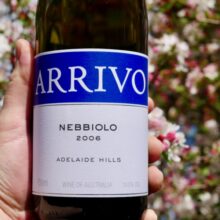
Product information
Arrivo Nebbiolo 2006
$90
Description
Now in it’s 18th year of life! A fascinating comparison with the other vintages. Showing beautiful natural acidity, a finer line of tannin, with wonderful development, it is one that could still do with a few more years for the acid to find the equilibrium point and for it to uncoil. Although I suspect a fatty piece of protein would have a symbiotic relationship with this. The wine cleansing the food & the food bringing the balance.
On first tasting I paired it the tuna and salmon sushi, the next day with lamb shoulder braised in 4 bottles of wine. Both occassions were a success! The perfume and flowers come as the it opens in the glass. Blood orange, earthy, savoury, light tabacco and leather. Perhaps slightly more vibrant fruit. More delicately weighted than the 2008 and 2004.
Arrivo has offered us a wonderful set of mature Nebbiolos from Aus of great clarity & which you’d be hard pressed to pick Aus vs Italian in a blind tasting. Each vintage shows a unique personality. It’s a case of celebrating the differences! The fact that they still drink well over several days is a testament to the quality of the fruit and the making. Whilst delicious drinking now they will drink beautifully for many years to come.
In stock


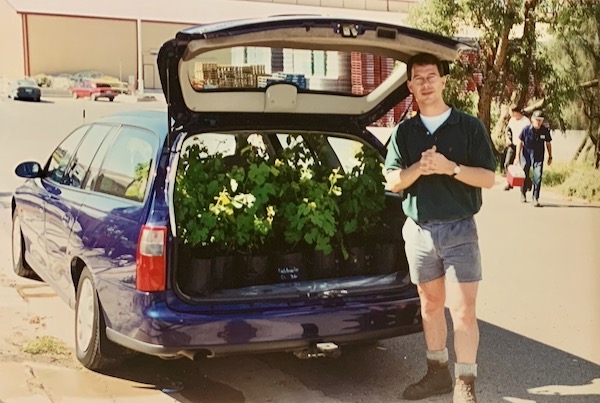
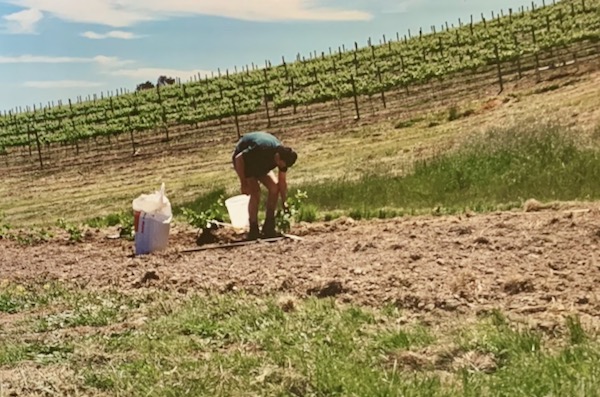
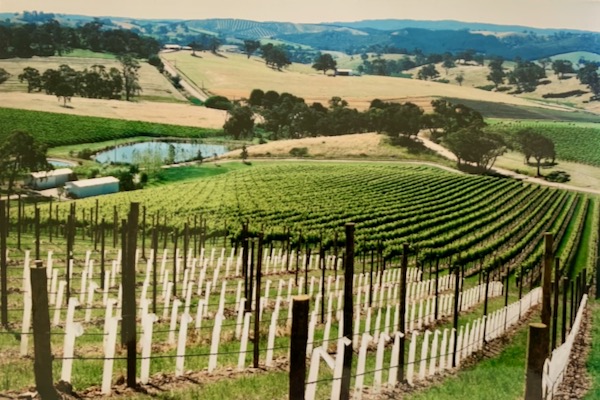
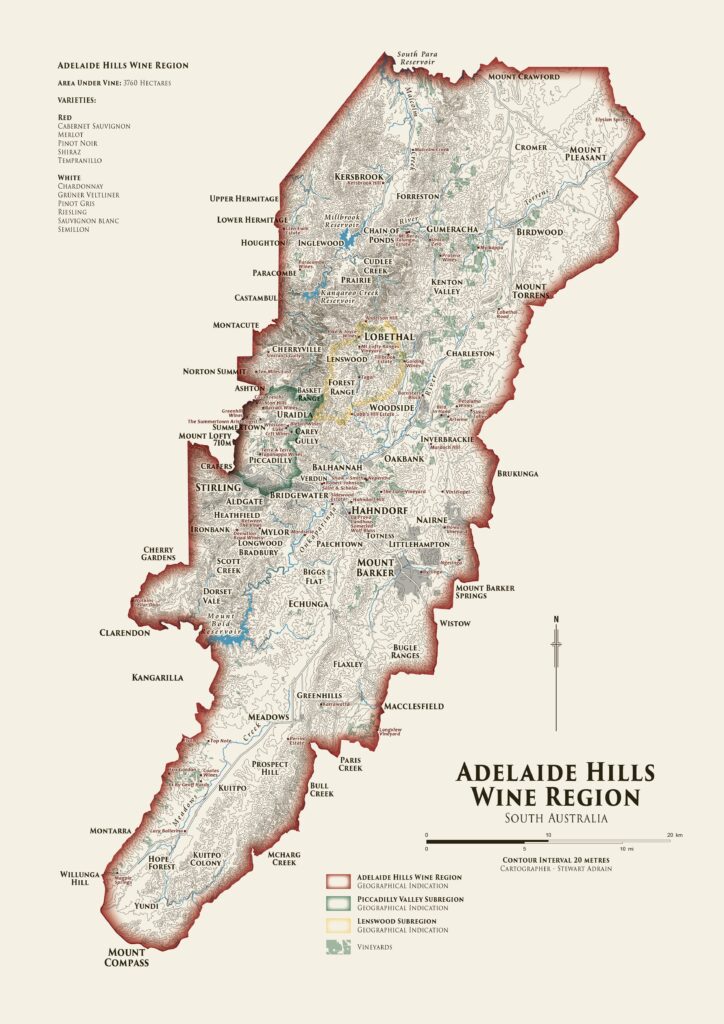
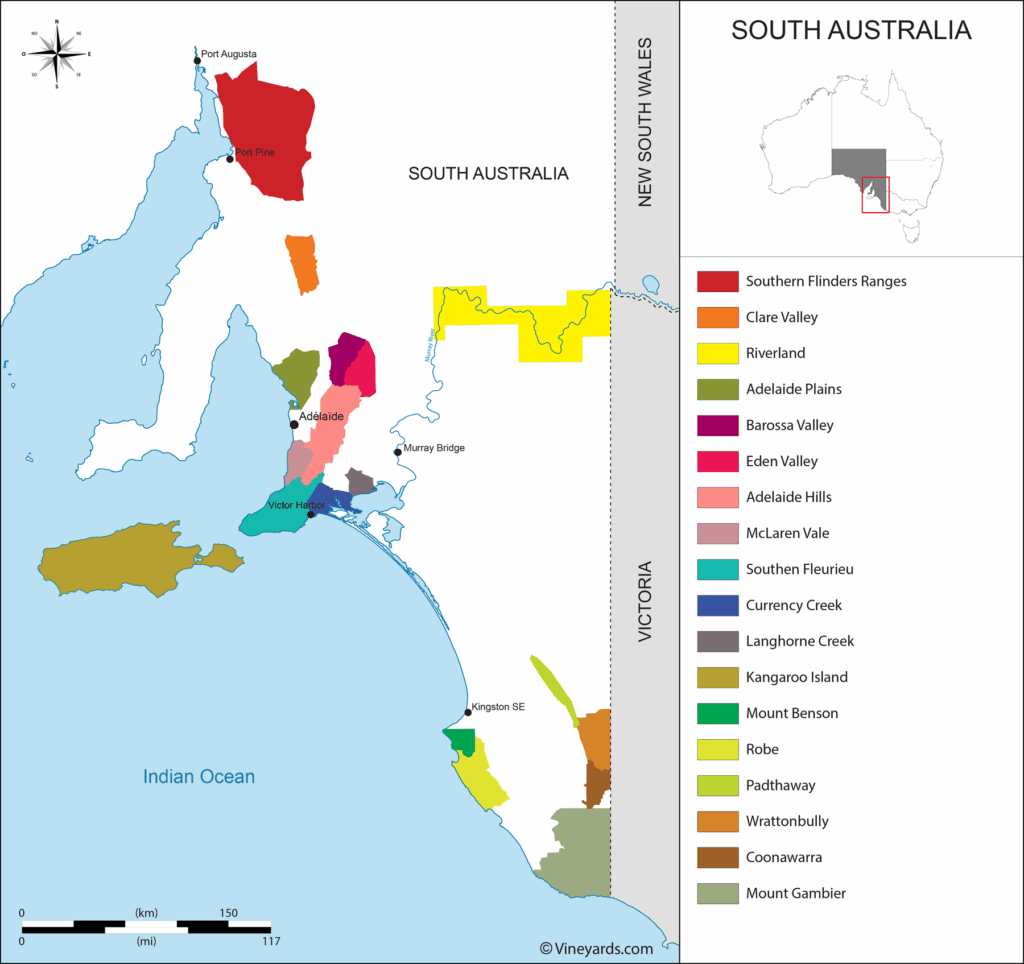
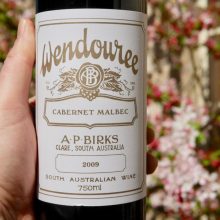
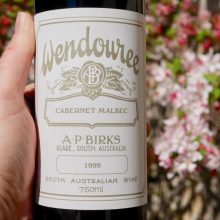
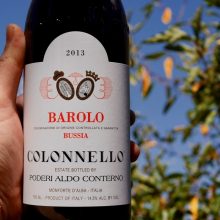
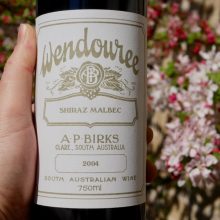
You must be logged in to post a comment.